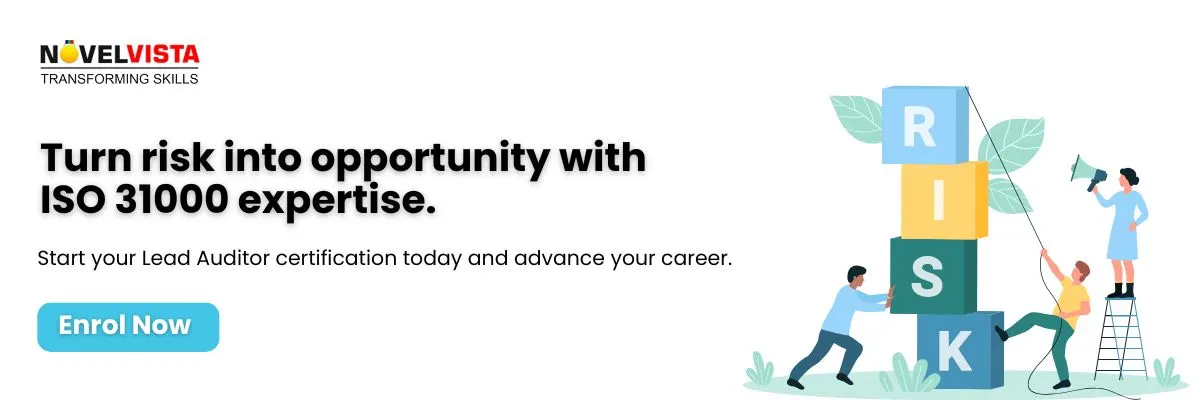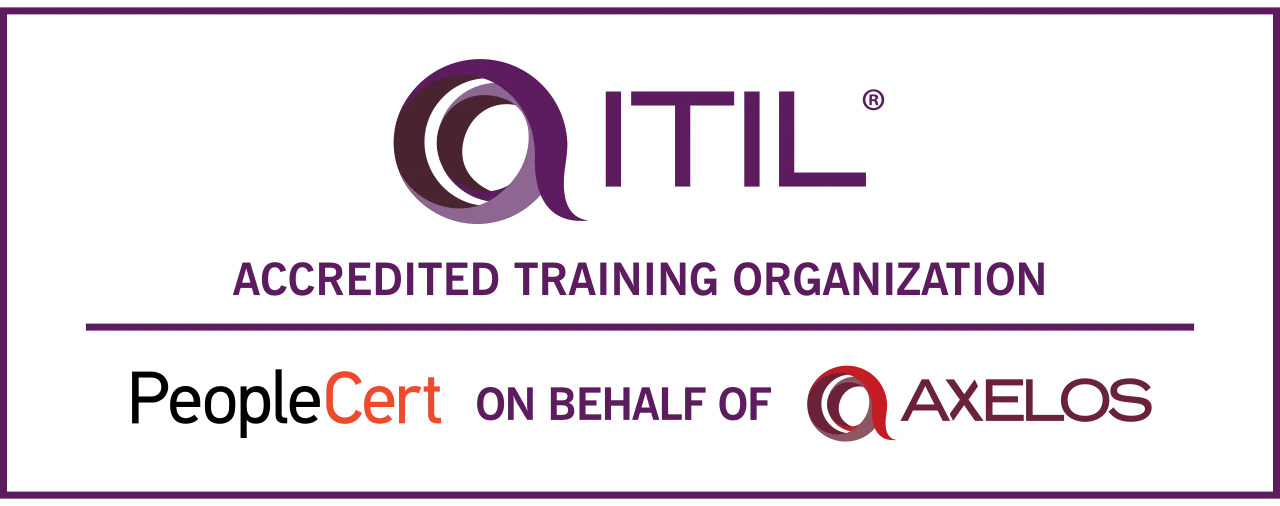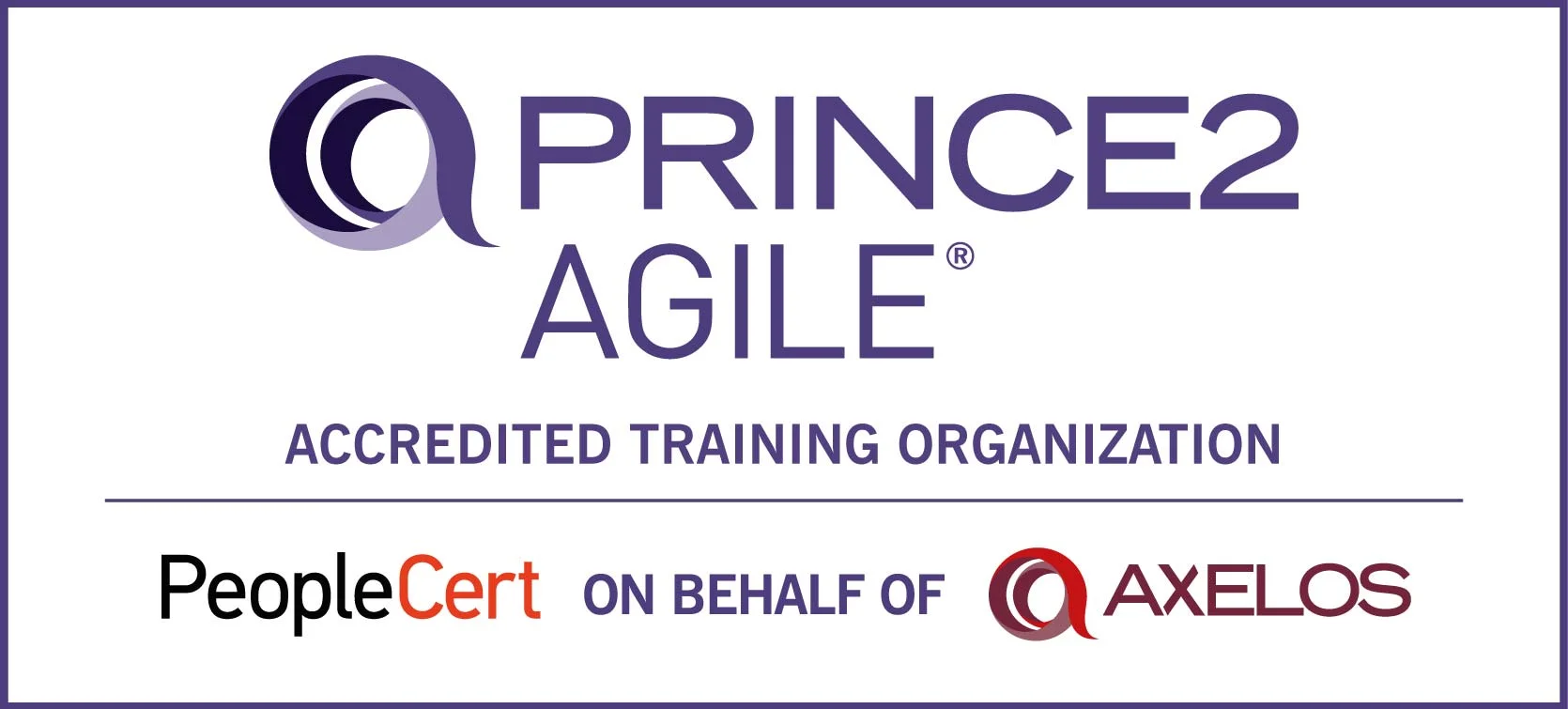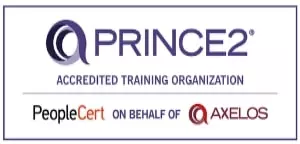- What is the ISO 31000 Risk Matrix?
- Core Components of the ISO 31000 Risk Matrix
- Step-by-Step Process of Using the ISO 31000 Risk Matrix
- Benefits of Using the ISO 31000 Risk Matrix
- Common Challenges and Mistakes with Risk Matrices
- Case Studies: ISO 31000 Risk Matrix in Action
- Future Trends in Risk Management with ISO 31000
- Conclusion
The ISO 31000 risk matrix is a simple yet powerful tool that helps organizations identify, evaluate, and prioritize risks effectively. Think of it as a visual map of potential threats, where you can see which risks need immediate attention and which ones are less critical. By plotting the likelihood of an event against its impact, this matrix makes complex decision-making clearer and faster. Whether you’re in finance, healthcare, IT, or manufacturing, understanding this tool is essential for building a proactive risk culture and safeguarding your organization’s objectives.
In short, the ISO 31000 risk matrix is a visual decision-making guide that turns risk data into actionable insights.
What is the ISO 31000 Risk Matrix?
At its core, the ISO 31000 risk matrix is a structured approach to evaluating risks using the ISO 31000 framework. While organizations often face dozens of potential threats, the matrix provides a way to visualize them clearly. On one axis, you measure likelihood, the chance that a risk will occur. On the other axis, you measure impact, the severity of the consequences if the risk happens.
Unlike generic risk matrices, the risk matrix ISO 31000 aligns directly with internationally recognized risk management principles. This means it’s not just about plotting risks; it’s about embedding a structured, repeatable, and auditable approach to risk management. By doing this, organizations gain a consistent method for prioritizing actions and allocating resources where they matter most.
In practice, an ISO 31000 risk management matrix ensures that high-probability and high-impact risks are highlighted for immediate attention, while low-probability, low-impact risks are monitored without consuming unnecessary resources. It transforms risk management from guesswork into a strategic, visible process.
Core Components of the ISO 31000 Risk Matrix
To effectively use the ISO 31000 risk matrix, it’s important to understand its core components:
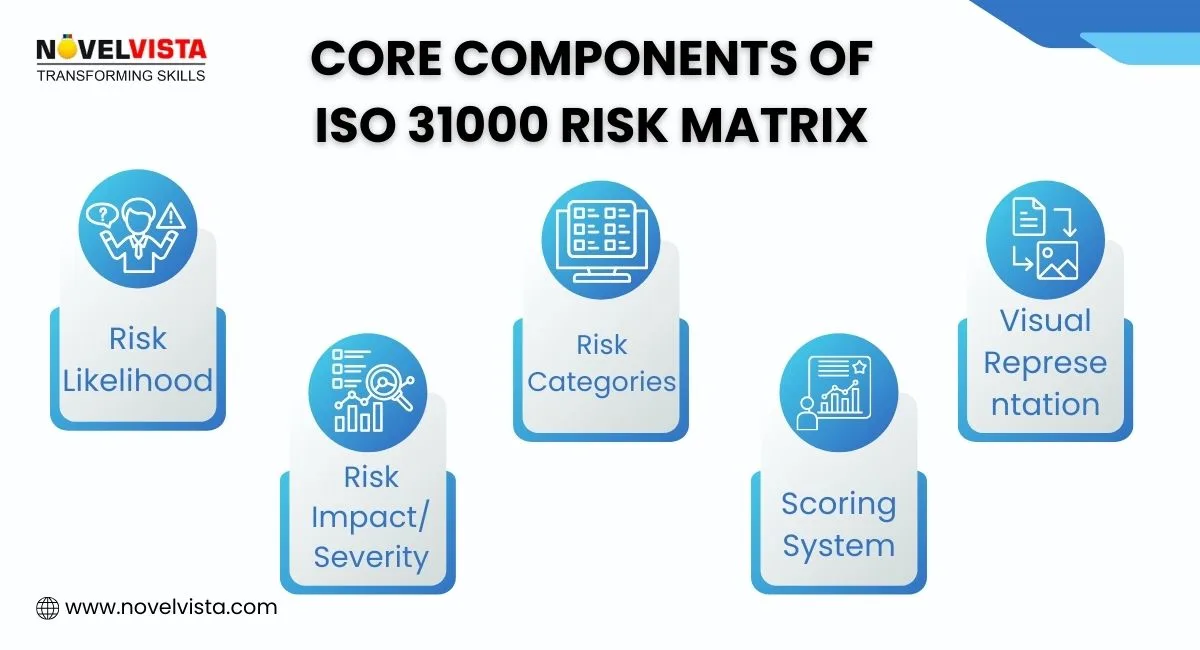
1. Risk Likelihood (Probability of Occurrence):
This measures how likely it is for a specific risk to happen. Likelihood is usually categorized as low, medium, high, or extreme. For example, a cyber-attack may be rated high if the organization relies heavily on digital infrastructure without strong cybersecurity measures.
2. Risk Impact/Severity (Level of Consequence):
Impact assesses the potential damage if the risk occurs. It can affect finances, operations, reputation, compliance, or safety. Each impact level is assigned a score, which, when combined with likelihood, determines the overall risk rating.
3. Risk Categories:
Risks can be grouped into categories such as strategic, operational, financial, compliance, reputational, and technological. This classification helps organizations target mitigation strategies appropriately. For instance, financial risks may require insurance coverage, whereas operational risks might need process improvements.
4. Scoring System:
The matrix uses a scoring mechanism to prioritize risks. Typically, it ranges from low to extreme, allowing decision-makers to identify which risks need immediate action versus those that can be monitored over time.
5. Visual Representation (Heatmap):
A risk heatmap plots likelihood against impact, often using colors, green for low risk, yellow for medium, orange for high, and red for extreme. This visual instantly communicates the urgency and severity of risks to stakeholders.
By combining these components, the iso 31000 risk management matrix offers a clear and actionable overview of organizational risks, making it easier for teams to make informed decisions and allocate resources effectively.
Step-by-Step Process of Using the ISO 31000 Risk Matrix
Implementing the ISO 31000 risk matrix doesn’t have to be complicated. Here’s a practical, step-by-step guide:

Step 1: Identify Risks
Begin by listing all potential risks across the organization. Involve different departments to get a complete picture. Risks could range from IT failures and financial losses to regulatory non-compliance or reputational damage. The more comprehensive the list, the better your matrix will serve its purpose.
Step 2: Assess Likelihood & Consequences
For each risk, determine how likely it is to occur and how severe the impact would be. Use historical data, expert judgment, and scenario analysis. Assign scores for likelihood and impact, such as low, medium, high, or extreme. This scoring forms the basis of your risk matrix ISO 31000 evaluation.
Step 3: Plot Risks on the Matrix
Place each risk on the matrix according to its likelihood and impact scores. High-likelihood and high-impact risks occupy the top-right quadrant, signaling urgent attention. Low-likelihood, low-impact risks appear in the bottom-left, indicating lower priority.
Step 4: Prioritize Risks for Action
Once plotted, focus on risks that fall into the high or extreme categories. These are your critical risks. Medium risks should be monitored, while low risks may require minimal attention. The visual nature of the matrix helps teams agree on priorities quickly.
Step 5: Develop Mitigation Strategies
For each high-priority risk, outline specific mitigation actions. Strategies could include process improvements, staff training, technology upgrades, insurance coverage, or contingency plans. The goal is to reduce either the likelihood, the impact, or both.
Step 6: Monitor, Review, and Update the Risk Matrix
Risk management is an ongoing process. Regularly update your ISO 31000 risk matrix as new risks emerge, or as existing risks change in likelihood or impact. Continuous monitoring ensures the organization stays prepared and resilient.
By following these steps, organizations can transform abstract risk data into actionable insights, ensuring that the iso 31000 risk matrix is not just a static tool but a dynamic part of decision-making.
Access in-depth and comprehensive insights into the ISO 31000 risk management process.Benefits of Using the ISO 31000 Risk Matrix
The benefits of ISO 31000 risk management isn’t just a chart; it’s a practical tool that delivers real organizational value. Here’s why it’s widely adopted:
- Clarity in Decision-Making: By visualizing risks in a clear, structured way, stakeholders can quickly understand which risks are critical and need immediate action. No more guesswork or endless meetings.
- Enhanced Communication Across Teams: The risk matrix ISO 31000 provides a common language for departments. Whether you’re in finance, operations, IT, or HR, everyone can see the risk landscape in the same format.
- Improved Resource Allocation: Resources, time, money, and personnel are limited. The ISO 31000 risk management matrix ensures these resources focus on high-priority risks, maximizing impact and efficiency.
- Compliance and Governance: Organizations that adopt structured risk management through ISO 31000 demonstrate adherence to international best practices. This strengthens internal governance and external credibility.
- Proactive Risk Culture: By consistently using the ISO 31000 risk matrix, organizations shift from reactive firefighting to proactive planning. Teams anticipate risks, implement mitigations, and build resilience over time.
ISO 31000 Implementation Toolkit
Build resilience, stay compliant, and unlock career growth in risk & compliance
Common Challenges and Mistakes with Risk Matrices
While the ISO 31000 risk matrix is powerful, missteps can reduce its effectiveness. Here are common challenges and tips to overcome them:
- Oversimplification of Risks: Treating complex risks as “low” or “high” without proper analysis can lead to underestimating threats. Use data and expert judgment to accurately assess risks.
- Subjectivity in Scoring: Different team members may perceive risk likelihood and impact differently. Standardize scoring criteria and document assumptions to minimize subjectivity.
- Lack of Updates: A static matrix becomes outdated quickly. Schedule regular reviews and adjust scores as conditions change.
- One-Time Exercise Mindset: Some organizations create a matrix once and forget it. Risk management is continuous. Treat the ISO 31000 risk matrix as a living tool integrated into strategic planning.
By addressing these challenges, organizations can ensure the matrix delivers maximum value and becomes a cornerstone of risk management.
Case Studies: ISO 31000 Risk Matrix in Action
Let’s look at how organizations use the ISO 31000 risk matrix in real-life scenarios:
1. Financial Institution:
A bank faced regulatory compliance risks. By applying the risk matrix ISO 31000, they identified high-likelihood, high-impact compliance gaps and prioritized internal audits and staff training. This minimized penalties and enhanced regulatory trust.
2. Healthcare Organization:
A hospital managing operational risks used the ISO 31000 risk management matrix to address patient safety and equipment failure. The matrix helped allocate maintenance budgets and emergency response resources efficiently.
3. IT Company:
A tech firm dealing with cybersecurity threats mapped potential vulnerabilities using the ISO 31000 risk matrix. The visual heatmap highlighted critical system vulnerabilities, guiding the IT team to implement advanced security measures before incidents occurred.
Key Takeaways:
In all cases, the ISO 31000 risk matrix transformed abstract risks into actionable strategies, improved communication, and strengthened organizational resilience.
Future Trends in Risk Management with ISO 31000
Risk management is evolving, and the ISO 31000 risk matrix is adapting along with it:
- AI and Data Analytics Integration: Predictive analytics and AI tools enhance risk scoring, providing more accurate likelihood and impact estimates.
- Shift to Predictive Risk Management: Organizations are moving from reacting to incidents toward anticipating risks before they materialize.
- Incorporating ESG Risks: Environmental, social, and governance risks are increasingly critical. The ISO 31000 risk matrix now helps map and prioritize ESG factors.
- Digital Risk Matrices for Remote Collaboration: Cloud-based risk matrices allow teams across locations to collaborate in real-time, keeping risk assessments current and dynamic.
Conclusion
The ISO 31000 risk matrix is more than a visual tool; it’s a practical guide for making smarter decisions, allocating resources efficiently, and building a proactive risk culture. Whether your organization is small or global, mastering this matrix can simplify complex decision-making and enhance resilience.
Next Step
Ready to take your risk management skills to the next level? NovelVista’s ISO 31000 Certification offers hands-on training designed for professionals who want practical expertise in risk management.
Take the next step in mastering risk management: enroll in NovelVista’s ISO 31000 Lead Auditor Training today!
Frequently Asked Questions
Author Details

Vaibhav Umarvaishya
Cloud Engineer | Solution Architect
As a Cloud Engineer and AWS Solutions Architect Associate at NovelVista, I specialized in designing and deploying scalable and fault-tolerant systems on AWS. My responsibilities included selecting suitable AWS services based on specific requirements, managing AWS costs, and implementing best practices for security. I also played a pivotal role in migrating complex applications to AWS and advising on architectural decisions to optimize cloud deployments.
Confused About Certification?
Get Free Consultation Call


